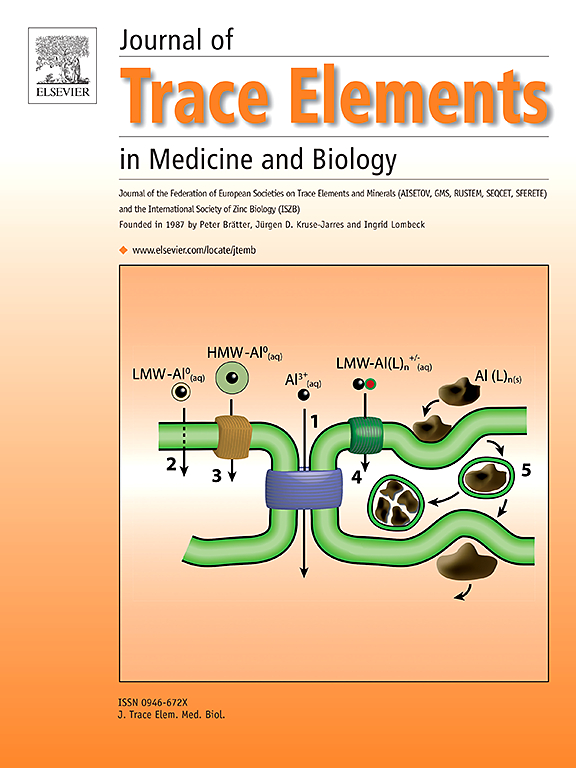Low expression of selenoprotein S induces oxidative damage in cartilages
Abstract
Low levels of the indispensable trace element selenium (Se) can cause oxidative stress and disrupt environmental homeostasis in humans and animals. Selenoprotein S (Selenos), of which Se is a key component, is a member of the selenoprotein family involved in various biological processes. This study aimed to investigate whether low-level SELENOS gene expression can induce oxidative stress and decrease the antioxidative capacity of chondrocytes. Compared with control cells, SELENOS-knockdown ATDC5 cells showed substantially higher dihydroethidium, reactive oxygen species and malondialdehyde levels, and lower superoxide dismutase (SOD) expression. Knockout of the gene in C57BL/6 mice increased the 8-hydroxy-2-deoxyguanosine level considerably and decreased SOD expression in cartilages relative to the levels in wild-type mice. The results showed that the increased nuclear factor erythroid 2-related factor 2/heme oxygenase-1 signaling mediated by low-level SELENOS expression was involved in oxidative damage. The proliferative zone of the cartilage growth plate of SELENOS-knockout mice was shortened, suggesting cartilage differentiation dysfunction. In conclusion, this study confirmed that low-level Selenos expression plays a role in oxidative stress in cartilages.

 求助内容:
求助内容: 应助结果提醒方式:
应助结果提醒方式:


